[Editorial] Top 10 British Horror Films
Blood on Satan’s Claw (1971) dir. Piers Haggard
One of the only ‘historic’ films on the list occurs in eighteenth century, rural England. Fearing their community has been taken over by witchcraft, the townspeople call in ‘the judge’ to assess the situation. The children of the town are being corrupted by the ‘evil force’ to run amuck: they torture, rape, and kill. I believe this to be a social commentary on how people in the 1970s were beginning to see children and adolescents as a nuisance, bringing chaos (‘witchcraft’) to society. It is a scary thought to think Angel Blake (Linda Hayden), the antagonist, is the symbolic embodiment of teenagers in the 1970s.
The Descent (2005) dir. Neil Marshall
The Descent is the ultimate girls’ trip gone wrong. The film follows main protagonist Sarah (Shauna Macdonald) and her friends as they are hiking and descend into a labyrinth of caves… ones that they never return from. Not only are the girls trying to survive the horrors of being stuck in an enclosed terrifying space with limited supplies, but they are also entrapped with otherworldly creatures known as the crawlers. The atmosphere feels claustrophobic, and some scenes make your skin crawl. As each one of the women scramble to be the final girl, the intensity and pace of the film is enough to make viewers question if anyone survives the descent at all.
Hellraiser (1987) dir. Clive Barker
Hellraiser is based on Clive Barker’s 1986 novella, The Hellbound Heart. It is possibly one of the strangest films I have ever watched, but certainly a very interesting one. The film shows what happens when the nuclear family goes wrong: adultery, sadomasochism, and death. It also introduces the horrific Cenobites. They are creatures from another dimension that cannot differentiate between pain and pleasure, which makes them extremely dangerous. The leader of the Cenobites – Pinhead – is deeply rooted in popular imagination because of his grotesque appearance, which is enough to give anybody nightmares.
The Company of Wolves (1984) dir. Neil Jordan
The Company of Wolves is based on Angela Carter’s 1979 short story of the same name in The Bloody Chamber. The main protagonist Rosaleen (Sarah Patterson) is told by her grandmother to “never stray from the path, never eat a windfall apple and never trust a man whose eyebrows meet”. Naturally, our fiery protagonist does all these things. We see Rosaleen journey through the woods and discover her passions, desires, and sexuality. The film cleverly spins retelling the story of Little Red Riding Hood, concluding with the protagonist transforming into something sinister. Essentially the film illustrates showing the horrors and realities of the journey from childhood to adolescence.
Peeping Tom (1960) dir. Micheal Powell
The story follows a sadistic serial killer and aspiring filmmaker Mark Lewis (Karlheinz Böhm) who at first glance seems seemingly normal) who records his victims' last moments. The film was revolutionary at the time because the point of view is through the eyes of the killer. The viewer identification shifts – almost like the audience is doing the killing. The ultimate voyeuristic gaze is amplified by Mark’s obsession with recording his victims' last moments. This film warns of the horrors women can face in real life with unwanted male gaze, male intrusion, and death.
28 days Later (2002) dir. Danny Boyle
Jim (Cillian Murphy) awakens in the hospital after the “rage” virus has taken over England to find the city completely deserted. The film is about Jim trying to survive in a post-apocalyptic world filled with rage filled zombies. The thought of post-societal and bleak England is quite terrifying now, considering that we have survived the apocalypse of some sorts recently. The film is even scarier in a 2021 context with the uncertainty of how the coronavirus has affected the economy, the ongoing moral panic surrounding the national lockdowns, and the possible effects of the covid vaccination in the future.
The Omen (1976) dir. Richard Donner
Whilst The Omen is technically an “American-British”horror film, it is a cinematic masterpiece. The film follows the story of a boy, Damien, in which strange deaths and occurrences happen in his presence. By the end of the film, viewers know that the child is the Antichrist . The film has left a legacy in popular culture because of its heavy theme of satanism, which dominated 1970s cinema (along with Blood on Satan’s Claw). What is particularly chilling about The Omen is that its main antagonist is a little child. Given the choice, would audiences eradicate a child to save humanity, and have the blood of an “innocent” on their hands?
Village of the Damned (1960) dir. Wolf Rilla
An entire village of people fall unconscious and when they wake up all the women are mysteriously pregnant. The resulting children are terrifying. Their appearances are strange, they all look alike, with bright blonde hair and piercing glowing eyes. The children talk, act, and think in unison. They are some of the creepiest children depicted in horror cinema. The townsfolk are afraid of and despise the children who are different. The film was produced just ten years after the height of McCarthyism – Village of the Damned is illustrative of the fear people have towards others who are different.
The Wicker Man (1973) dir. Robin Hardy
A cult classic, the film is one of the Unholy Trinity of Folk Horror, along with Blood on Satan’s Claw (1971) and Witchfinder General (1968). Based on an anonymous tip, Sergeant Neil Howie (Alec Westwood) visits the isolated island of Summerisle to search for a girl who had gone missing. The islanders have Pagan beliefs that contrast Howie’s staunch beliefs of Christianity: Howie is repulsed by the islander’s public nudity and pagan rituals (including sacrifice). Ultimately, this film is one about conflicting ideology: the blurred lines between good and evil, tradition and the non-traditional and Christian and Pagan.
Shaun of the Dead (2004) dir. Edgar Wright
The most light-hearted film on the list, Shaun (Simon Pegg), a salesman from Crouch End must survive a Zombie apocalypse with his best friend Ed (Nick Frost). The comedy is non-stop, the zombies are genuinely terrifying as they are driven by the instinct to eat human flesh. However, the mix of comedy and horror work well together. The encounters that Ed and Shaun have with the zombies are symbolic of the trials and tribulations of the average life as a working-class person from Crouch End.


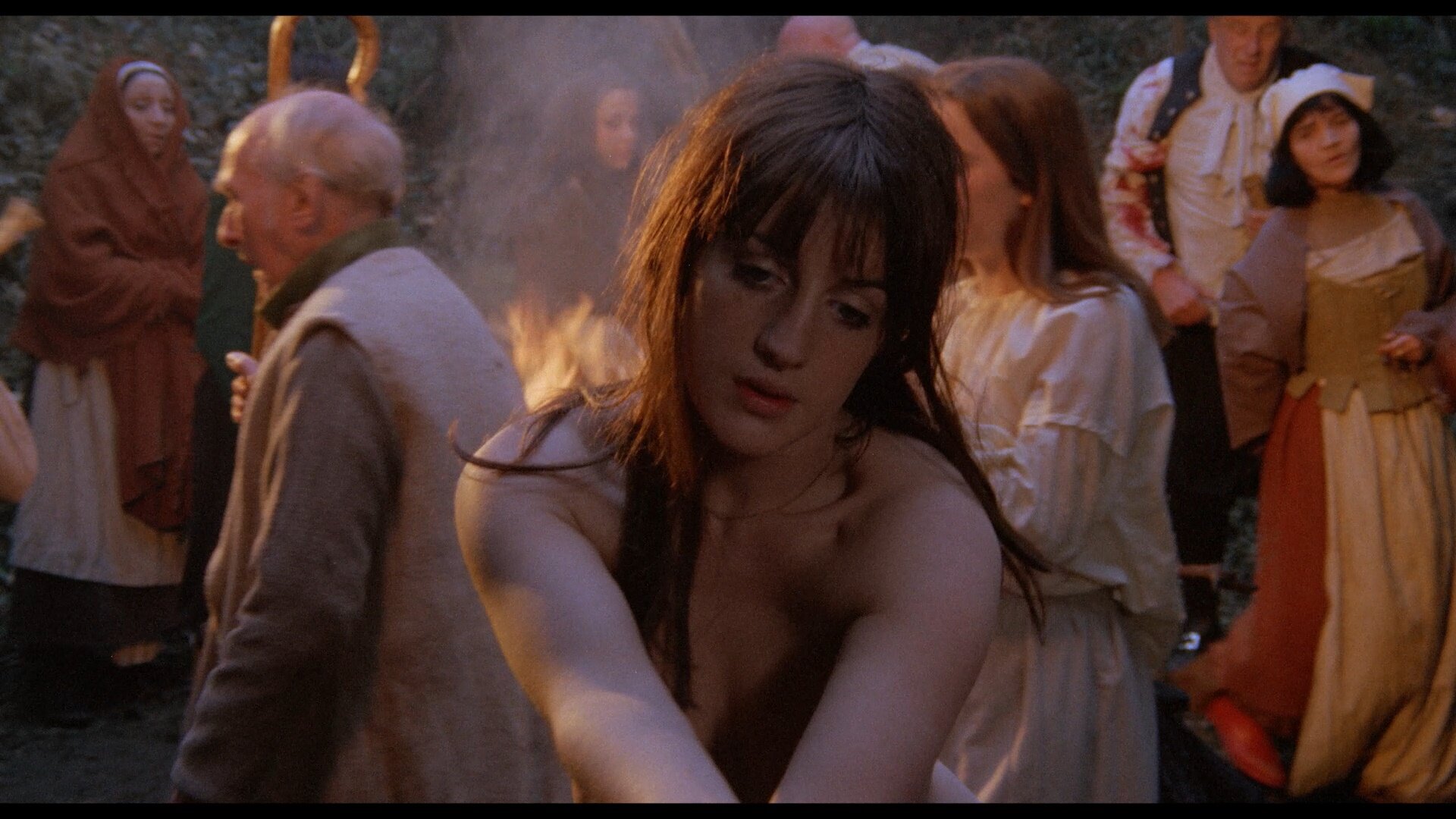
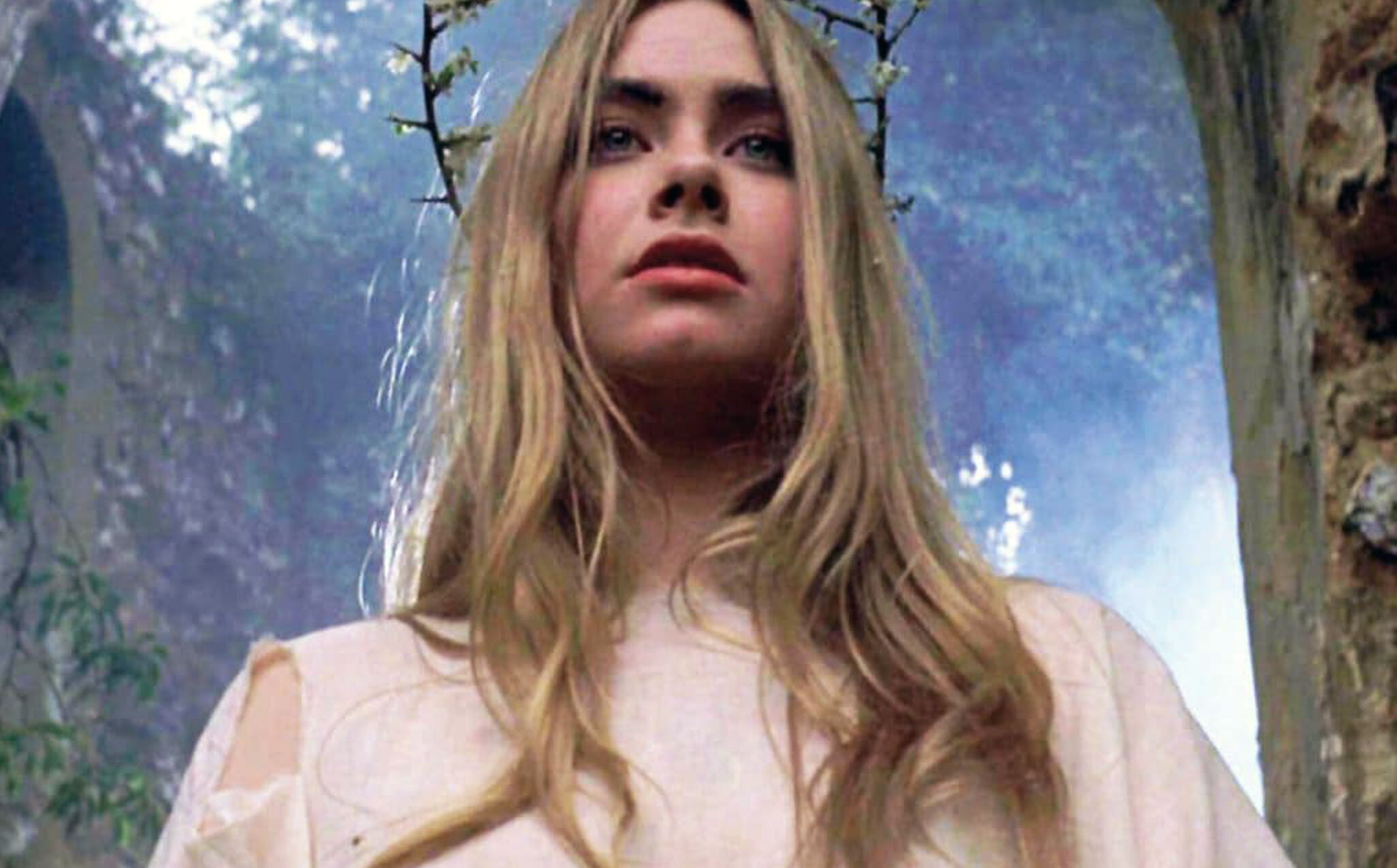

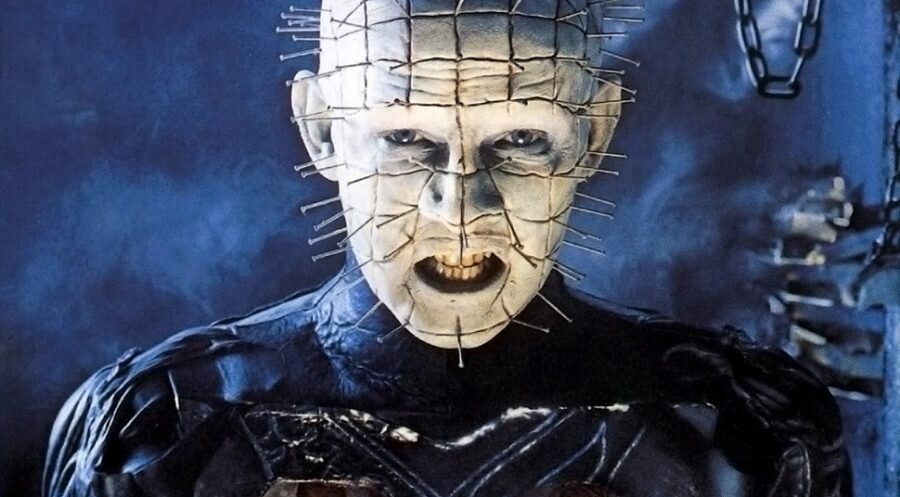
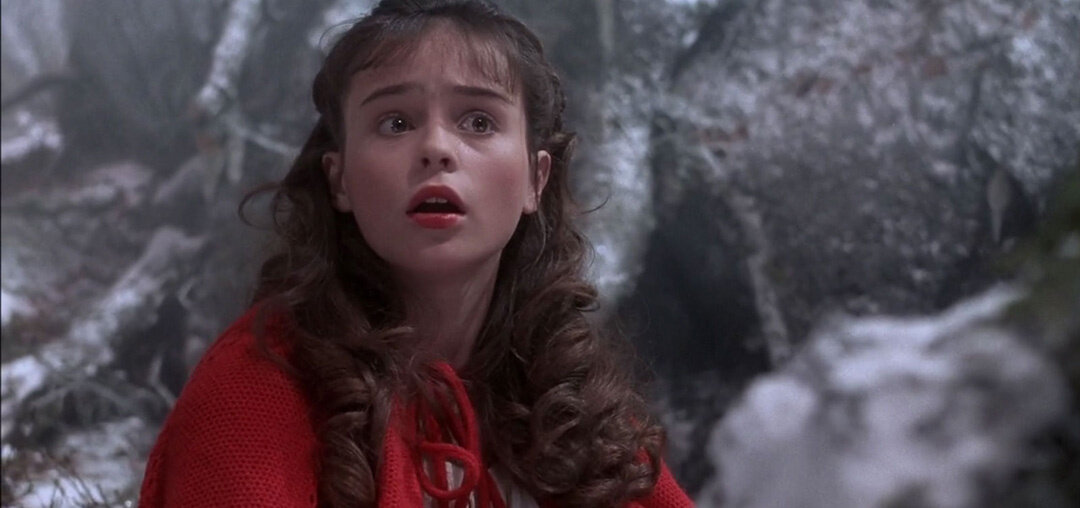

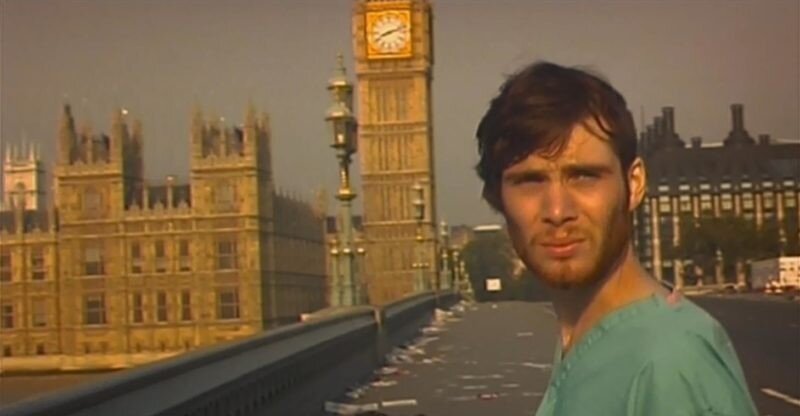
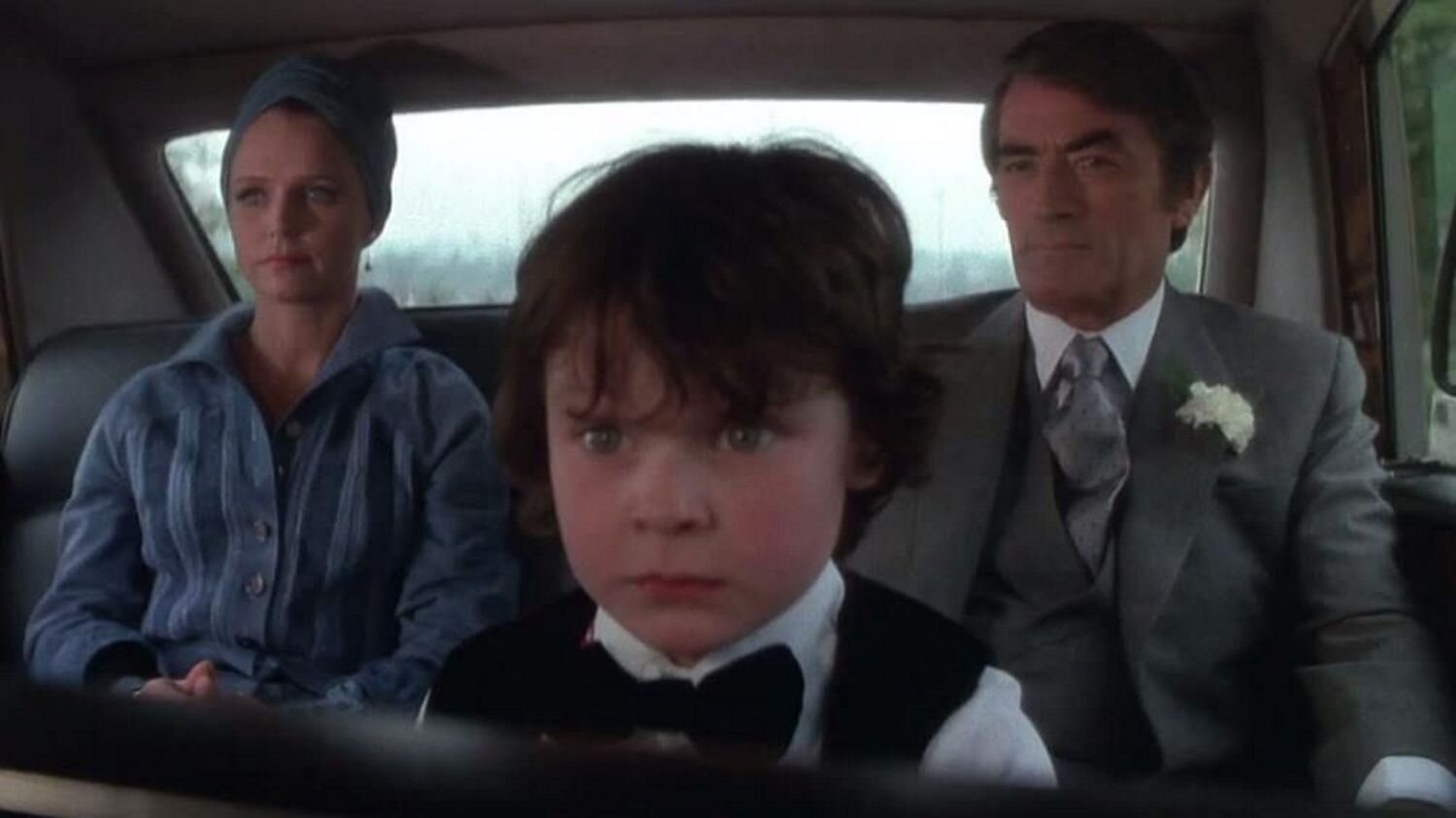
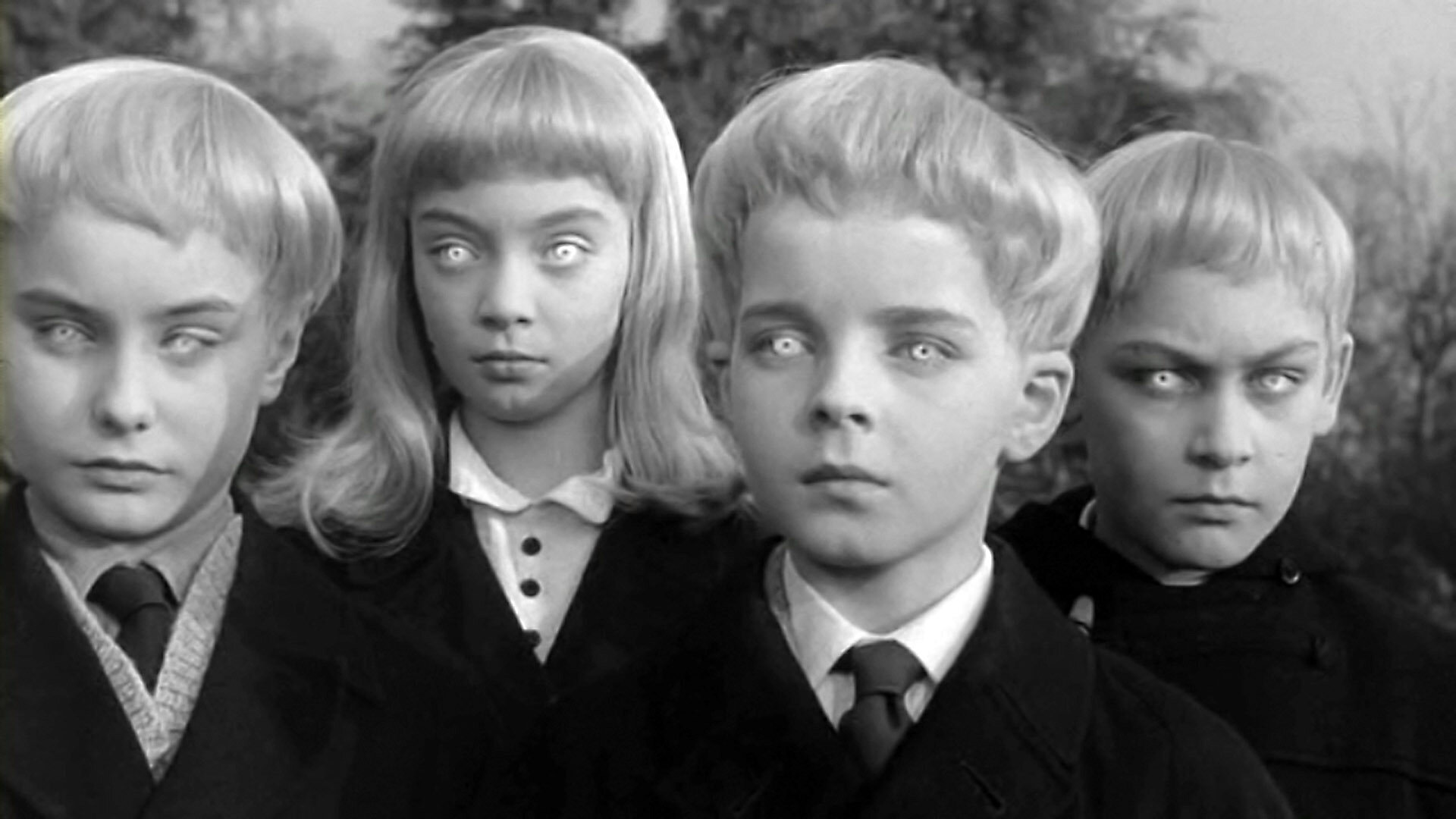

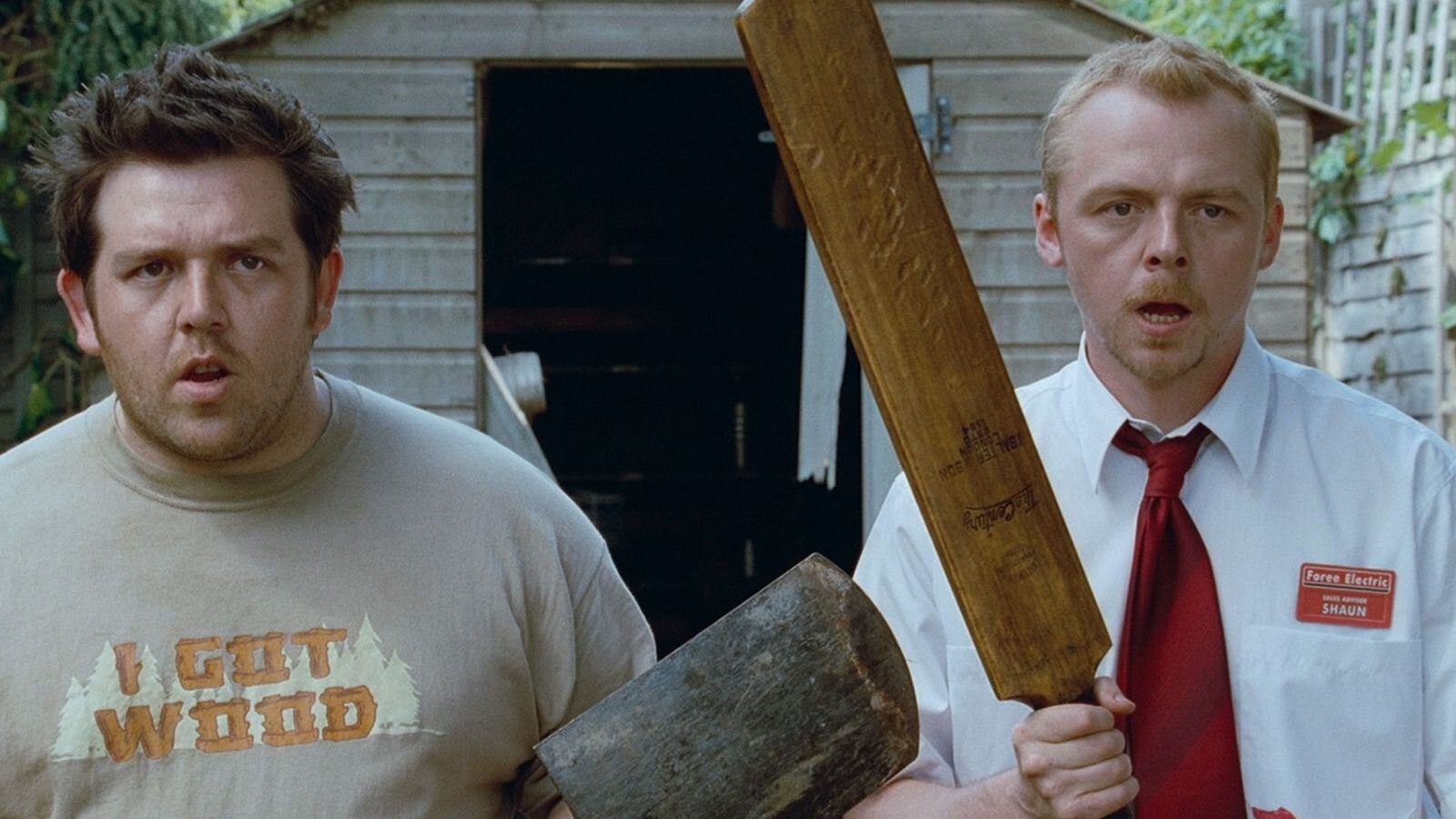
![[Editorial] Metal Heart: Body Dysmorphia As A Battle Ground In Tetsuo: The Iron Man (1989)](https://images.squarespace-cdn.com/content/v1/5fe76a518d20536a3fbd7246/1690190127461-X6NOJRAALKNRZY689B1K/Screenshot+2023-07-24+at+10.08.27.png)
![[Editorial] They’re Coming to Re-Invent You, Barbara! Night of the Living Dead 1968 vs Night of the Living Dead 1990](https://images.squarespace-cdn.com/content/v1/5fe76a518d20536a3fbd7246/1687199945212-BYWYXNBSH00C4V3UIOFQ/Screenshot+2023-06-19+at+19.05.59.png)
![[Editorial] If Looks Could Kill: Tom Savini’s Practical Effects in Maniac (1980)](https://images.squarespace-cdn.com/content/v1/5fe76a518d20536a3fbd7246/1694952175495-WTKWRE3TYDARDJCJBO9V/Screenshot+2023-09-17+at+12.57.55.png)
![[Ghouls Podcast] The Last House on the Left (2009) with Zoë Rose Smith and Jerry Sampson](https://images.squarespace-cdn.com/content/v1/5fe76a518d20536a3fbd7246/1687863043713-54DU6B9RC44T2JTAHCBZ/last+house+on+the+left.jpg)
![[Editorial] 8 Body Horror Short films](https://images.squarespace-cdn.com/content/v1/5fe76a518d20536a3fbd7246/1690838270920-HWA5RSA57QYXJ5Y8RT2X/Screenshot+2023-07-31+at+22.16.28.png)
![[Editorial] “I control my life, not you!”: Living with Generalised Anxiety Disorder and the catharsis of the Final Destination franchise](https://images.squarespace-cdn.com/content/v1/5fe76a518d20536a3fbd7246/1696444478023-O3UXJCSZ4STJOH61TKNG/Screenshot+2023-10-04+at+19.30.37.png)
![[Editorial] Editor’s Note: Making a slash back into September](https://images.squarespace-cdn.com/content/v1/5fe76a518d20536a3fbd7246/1694354202849-UZE538XIF4KW0KHCNTWS/MV5BMTk0NTk2Mzg1Ml5BMl5BanBnXkFtZTcwMDU2NTA4Nw%40%40._V1_.jpg)
![[Editorial] Top 15 Female-Focused Mind Horror Films](https://images.squarespace-cdn.com/content/v1/5fe76a518d20536a3fbd7246/1691247166903-S47IBEG7M69QXXGDCJBO/Image+5.jpg)
![[Editorial] Editor’s Note: Getting sticky, slimy & sexy with body horror](https://images.squarespace-cdn.com/content/v1/5fe76a518d20536a3fbd7246/1689072388373-T4UTVPVEEOM8A2PQBXHY/Society-web.jpeg)
![[Editorial] Top 15 Female-Focused Body Horror Films](https://images.squarespace-cdn.com/content/v1/5fe76a518d20536a3fbd7246/1689081174887-XXNGKBISKLR0QR2HDPA7/download.jpeg)
![[Editorial] 5 Slasher Short Horror Films](https://images.squarespace-cdn.com/content/v1/5fe76a518d20536a3fbd7246/1696358009946-N8MEV989O1PAHUYYMAWK/Screenshot+2023-10-03+at+19.33.19.png)
![[Ghouls Podcast] Maniac (2012) with Zoë Rose Smith and Iona Smith](https://images.squarespace-cdn.com/content/v1/5fe76a518d20536a3fbd7246/1696356006789-NYTG9N3IXCW9ZTIJPLX2/maniac.jpg)
![[Editorial] 8 Mind Horror Short films](https://images.squarespace-cdn.com/content/v1/5fe76a518d20536a3fbd7246/1693504844681-VPU4QKVYC159AA81EPOW/Screenshot+2023-08-31+at+19.00.36.png)
![[Editorial] 8 Short & Feature Horror Film Double Bills](https://images.squarespace-cdn.com/content/v1/5fe76a518d20536a3fbd7246/1687770541477-2A8J2Q1DI95G8DYC1XLE/maxresdefault.jpeg)
![[Editorial] Eat Shit and Die: Watching The Human Centipede (2009) in Post-Roe America ](https://images.squarespace-cdn.com/content/v1/5fe76a518d20536a3fbd7246/1691245606758-4W9NZWE9VZPRV697KH5U/human_centipede_first_sequence.original.jpg)
![[Editorial] 10 Films & Events to Catch at Soho Horror Film Fest 2023](https://images.squarespace-cdn.com/content/v1/5fe76a518d20536a3fbd7246/1700819417135-299R7L4P0B676AD3RO1X/Screenshot+2023-11-24+at+09.41.52.png)
![[Editorial] 9 Horror Nintendo Switch Games To Play](https://images.squarespace-cdn.com/content/v1/5fe76a518d20536a3fbd7246/1697214470057-3XZXX8N4LYIMDFWS6Z3P/Screenshot+2023-10-13+at+17.20.13.png)
![[Editorial] 5 Female Focused Horror Book Recommendations](https://images.squarespace-cdn.com/content/v1/5fe76a518d20536a3fbd7246/1696441981361-52EQCTJ7AT2QF1927GM7/919xtm6d3fL._AC_UF894%2C1000_QL80_.jpg)
![[Editorial] 9 Best Slashers Released Within 10 Years of Scream (1996)](https://images.squarespace-cdn.com/content/v1/5fe76a518d20536a3fbd7246/1695478839037-LOFHGVM3H6BMSZW7G83M/Screenshot+2023-09-23+at+15.15.11.png)
![[Editorial] 9 Terrifying Cerebral Visions in Horror Movies](https://images.squarespace-cdn.com/content/v1/5fe76a518d20536a3fbd7246/1693509801235-X23OL50T1DVGECH0ZJK2/MV5BMjQ0MTg2MjQ4MV5BMl5BanBnXkFtZTgwMTU3NDgxMTI%40._V1_.jpg)
![[Editorial] 11 Best Werewolf Transformations in Horror Films](https://images.squarespace-cdn.com/content/v1/5fe76a518d20536a3fbd7246/1689240234098-HUPQC6L57AAHFJNT8FTE/Screenshot+2023-07-13+at+10.09.13.png)
![[Editorial] Ranking M. Night Shyamalan: his Good, his Bad, Not so Good, and his Twists](https://images.squarespace-cdn.com/content/v1/5fe76a518d20536a3fbd7246/1687196229638-MMAFHN9EL2RXAEJO5G3B/Screenshot+2023-06-19+at+18.21.53.png)
![[Editorial] Top 15 Aliens in Sci-Fi & Horror Films](https://images.squarespace-cdn.com/content/v1/5fe76a518d20536a3fbd7246/1685351258912-P3ETEO2CL7F54CS4QKX3/image12.png)
![[Editorial] The 9 Most Amazing Antler Deaths in Horror](https://images.squarespace-cdn.com/content/v1/5fe76a518d20536a3fbd7246/1684065424643-3XDDCWVBM6CCQPXF4YTW/Image+2+%2840%29.jpg)
![[Editorial] 9 of The Best Home Invasion Horror Movies](https://images.squarespace-cdn.com/content/v1/5fe76a518d20536a3fbd7246/1683913399685-G6Y54FFWUCL4CW6ISJB1/Image+1+%2841%29.jpg)
![[Editorial] Best 7 Modern Folk Horror Movies](https://images.squarespace-cdn.com/content/v1/5fe76a518d20536a3fbd7246/1683911092170-GWP8UTCBGMTAMESB3TH9/ph_1680770022642e83e625d4e.jpg)






















![[Mother of Fears] Mothering in Silence in A Quiet Place (2018)](https://images.squarespace-cdn.com/content/v1/5fe76a518d20536a3fbd7246/1696445921315-HZJ2DZYQIH6VVWXBO2YL/Screenshot+2023-10-04+at+19.52.29.png)
![[Mother of Fears] Mother Vs. Monster in Silent Hill (2006)](https://images.squarespace-cdn.com/content/v1/5fe76a518d20536a3fbd7246/1695485781119-H6GNP0G3J2TLPAOIABV7/Screenshot+2023-09-23+at+17.11.56.png)
![[Mother of Fears] I Don’t Wanna Be Buried in a Pet Sematary (1989) and (2019)](https://images.squarespace-cdn.com/content/v1/5fe76a518d20536a3fbd7246/1691328766069-QFNAVJOMFZVZ5CLU1RWM/Screenshot+2023-08-06+at+14.23.13.png)

Looking for some different slasher film recommendations? Then look no fruther as Ariel Powers-Schaub has 13 non-typical slasher horror films for you to watch.